Overview
Controls are only effective at eliminating or minimising risks if they are working as planned, which is why reviewing control measures is an essential part of effective risk management – don’t wait until something goes wrong. Reviewing controls involves consulting your workers and ensuring safety procedures are being followed, checking that health and safety incidents are reducing over time, and ensuring that any new hazards introduced by the controls are also managed. Employers should create a culture where safety is a priority and workers feel comfortable to raise risks and share where things aren’t working as expected – this helps create a safer workplace for all.
- Training and supporting your workers to stay safe at work
- Model Code of Practice: How to manage work health and safety risks
- Hazards
- Good work design
- Safe design
Activities for this week
Download our activity kit to access templates, guidance and more to use this National Safe Work Month!
Reviewing control measures
Pick a hazard you’ve identified and managed through your risk assessment (refer to your risk register). Use our questions as a guide to consider whether the controls are working effectively to control the risk.
Update your risk register with your planned review periods for controls
Incorporate review periods for controls into your risk register, and have a process in place to regular revisit the register by following the steps we’ve explored throughout National Safe Work Month.

